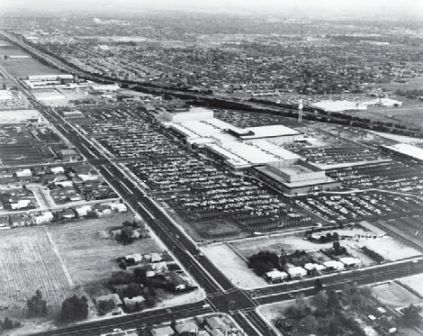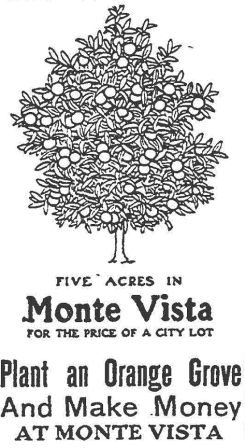Montclair History

Post Development of Montclair ca. 1970
Early History and Development:
In the late 19th century, the Montclair area was little more than vast grazing land between the early towns of Pomona (incorporated in 1888) and Ontario (1891). The first township to have been established in the area was Marquette, founded by one Edward Fraser. An 1887 article in the Los Angeles Times reported that Fraser was building “a fi ne residence, store buildings, hotel, and livery stable” and that “an abundant supply of pure water” was piped through the streets. Hoping to lure buyers from nearby Los Angeles, Fraser arranged for excursions by train on weekends at a cost of $2 for a roundtrip.
Land sales in and near Marquette appear to have been relatively slow until 1907 when land speculator Emil Firth purchased 1,000 acres for a reported sum of $250,000 (roughly the equivalent of $5.6 million in today’s currency). Firth subdivided the land into five and ten-acre lots for purchase, calling the tract Monte Vista. According to early reports, Firth constructed reservoirs for irrigation and cultivated the land for the growth of citrus.

L.A. Times Advertisement ca. 1908
No stranger to
land speculation (Monte Vista was one of many tracts subdivided
by Firth throughout Southern California), Firth arranged for
newspaper articles and advertisements espousing the virtues of
living in Monte Vista: “
Prices for property in Monte Vista ranged from approximately $1,250 to $3,000 for plots varying in size from five to ten acres.5 The Los Angeles Times reported high sales, and Firth’s endeavor appeared to be a success. The area remained unincorporated in the first half of the 20th century and centered on the citrus industry. The settlement of Narod, which had a large packing house and a church, was located within the Monte Vista tract.
The area remained largely dedicated to
citrus production until widespread residential development in
the post-World War II years began to replace trees with houses.
The Interstate 10 Freeway was completed in the late 1950s,
connecting
Today’s